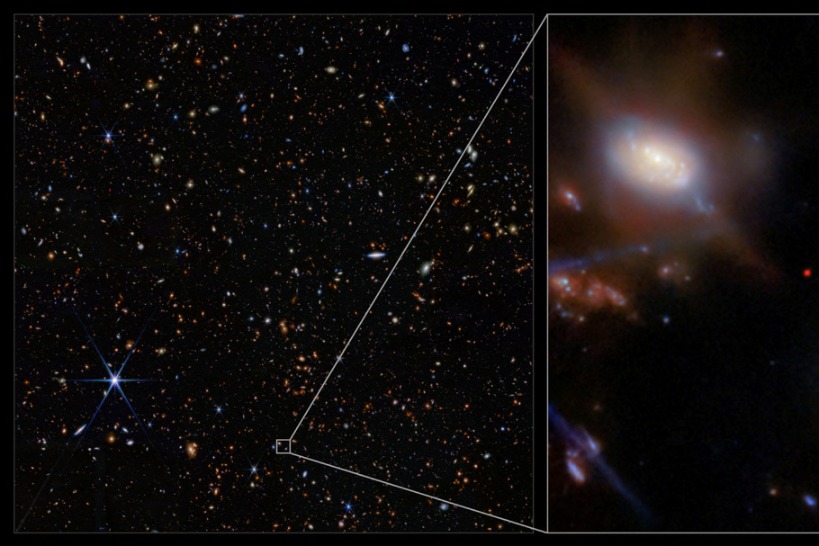Neptune's auroras captured in detail by Webb telescope

WASHINGTON — Neptune's glowing auroras have been captured in the minutest detail yet by NASA's James Webb Space Telescope.
Hints of auroras were first detected in ultraviolet light during a flyby of the Voyager 2 spacecraft in 1989. Webb captured Neptune's shimmering lights in infrared light, providing direct evidence they exist.
NASA issued the images on Wednesday, and the results were published in the journal Nature Astronomy.
Auroras on any planet occur when electrically charged particles from space enter and collide with molecules in the atmosphere, creating a series of reactions that emit light.
On Earth, auroras tend to occur near the polar regions, producing spectacular northern and southern lights.
Scientists have studied auroras on Saturn and Jupiter for decades, but Neptune, the farthest planet from the sun, has been harder to see up close.
"Neptune has always been elusive," said James O'Donoghue, a planetary scientist at the University of Reading and co-author of the new study. Its auroras "had only been seen by Voyager, and we've been trying to see it again ever since."
Neptune's auroras occur near the midlatitudes of the planet, not the polar regions, because of differences in its magnetic field — which determine the span of the auroras, said O'Donoghue.
Agencies Via Xinhua

































